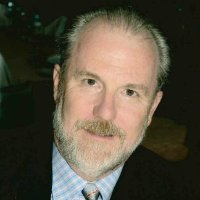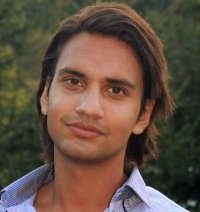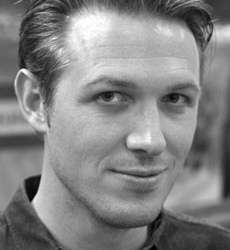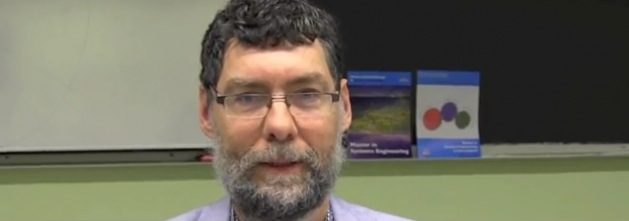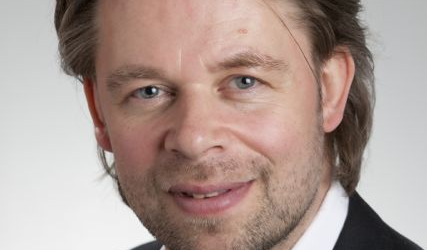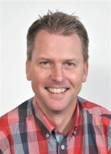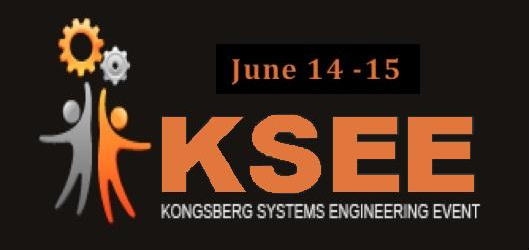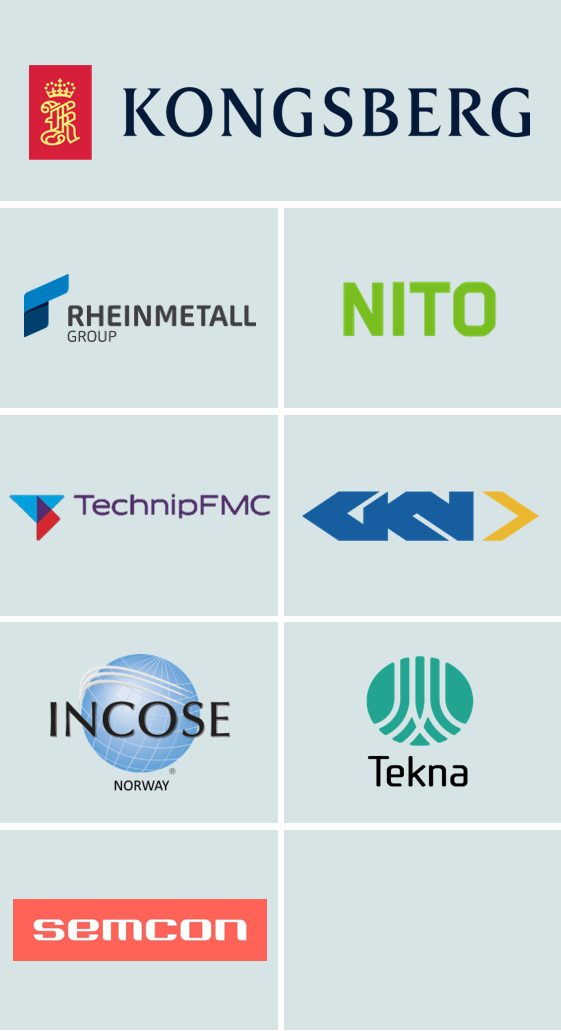Title:
Toolbox to ensure control of the details to fulfill system requirements.
Abstract:
The presentation will provide a broad overview of which tools and processes FMC uses in a project to ensure that all technical requirements are understood and communicated to the project organization and subcontractors, how the maturity of the technology and technical solutions are assessed and quantified to form the background for establishing the technology qualification program, how to ensure quality outcome from engineering in all phases of the projects and the importance of verification testing prior to delivery of the products. The presentation will use examples from the words largest subsea project, the Angola block 17 Pazflor project.
Biography:
Tom Eddy Johansen is Cheif Engineer Total Projects at FMC Technologies. He has 30 years of experience from the Subsea industry related to engineering, engineering management and project management.
Industrial/mechanical engineering HIVe (Horten) 1981
Petroleum/marine engineering HiN (Narvik) 1982

